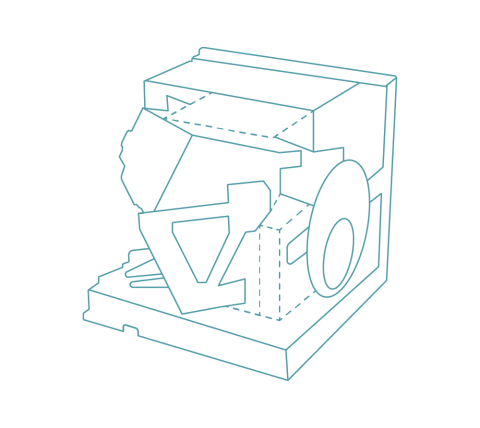Select language
A blueprint of the future
PIONEERING SOLUTIONS
At VDL ETG, we believe that innovation is the key to success in the manufacturing technology market of the future. Innovation even shapes new markets and introduces disruptiveness in existing markets. We not only want to play our part, but also lead the way. That is why we are constantly developing and improving our knowledge and skills. We are always looking for new opportunities to realize technological breakthroughs for the world of tomorrow, by collaborating with the scientific community and by innovating in the technological domain.
We pride ourselves on our focused expertise and groundbreaking solutions and on bringing together our knowledge and skills in physics, chemistry, optics, mechatronics, and data analysis to design, build, and test instruments that are known for their accuracy and reliability. What is more, we are continuously investing in new technologies, such as cryogenic, maglev, and ultra-high-precision technology, to enhance our capabilities and to explore new markets and geographical areas. This makes us a preferred partner in the eyes of our customers and research partners. We enable success!

A blueprint of the future
PIONEERING SOLUTIONS
At VDL ETG, we believe that innovation is the key to success in the manufacturing technology market of the future. Innovation even shapes new markets and introduces disruptiveness in existing markets. We not only want to play our part, but also lead the way. We are always looking for new opportunities to realise technological breakthroughs for the world of tomorrow, by collaborating with the scientific community and by innovating in the technological domain. We are continuously investing in new technologies, such as cryogenic, maglev, and ultra-high-precision technology, to enhance our capabilities and to explore new markets and geographical areas. This makes us a preferred partner in the eyes of our customers and research partners. We enable success!

Tomorrow's
technology
Our involvement extends from the smallest particles on Earth, in CERN's particle accelerator, to the vastness of the universe, with the mirrors of the world's largest telescope in Chile - and everything in between.
Tomorrow's
technology
Our involvement extends from the smallest particles on Earth, in CERN's particle accelerator, to the vastness of the universe, with the mirrors of the world's largest telescope in Chile - and everything in between. Please check the other industries:













